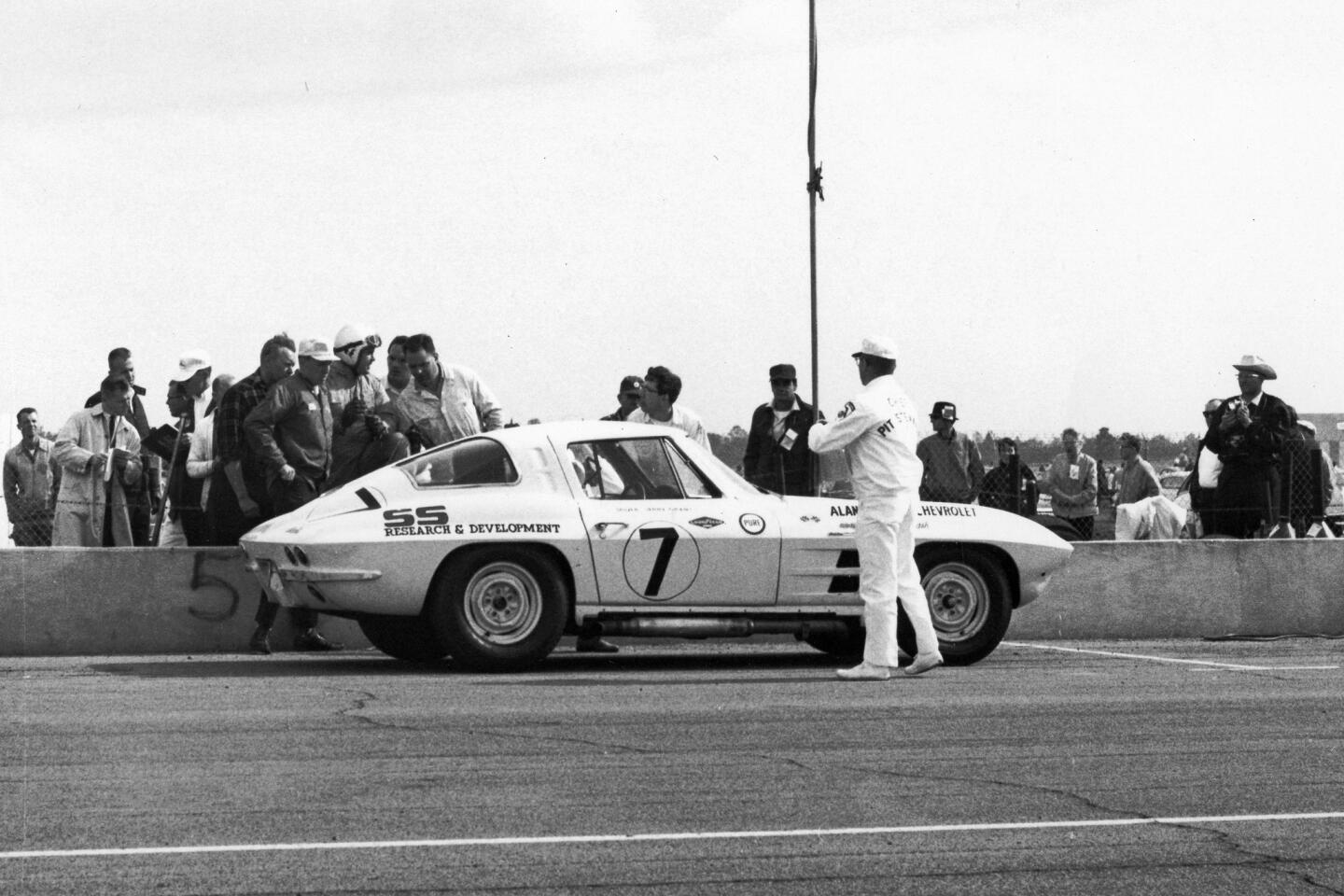60 years, six generations of Corvettes
The first Corvette rolled off an assembly line on June 30, 1953. Chevrolet will unveil the seventh-generation ‘Vette on Sunday at the North American International Auto Show in Detroit. Highlights of the six previous generations:
1953-1962
Few had seen a sleeker car than the first two-seat Corvette — available only as a convertible. But Chevrolet would learn the lesson that the performance needed to match the look. The original “blue flame” six-cylinder crawled from zero to 60 mph in 11.5 seconds. Chevrolet would offer the 1955 model with a small-block V-8 — the same motor in the car today and a Chevrolet staple for decades.
1963-1967
Named the Sting Ray, after a concept race car that influenced the design, this iteration is today among the most prized of all Corvettes. Chevrolet transformed its handling with independent rear suspension and its braking with four-wheel discs. The 1967 model offered four different big-block V-8s pumping out up to 435 horsepower, a monstrous number for the day.
1968-1982
The longest-running generation stretched from the end of the muscle car era through the oil crisis and an upheaval in the American auto industry. Early Sting Rays of this generation, called “sharks” by ‘Vette fans, retained muscle-car performance and glory. Later models suffered greatly from fuel-economy demands; the 1975 car had an anemic 165 horsepower. Still, the 1979 Corvette proved to be the sales high-water mark, at 58,307.
1984-1996
Chevrolet skipped the 1983 model year because it could not get the redesign ready in time. With an “electroluminescent” instrument panel and digital readouts, Chevy says, the fourth-generation ‘Vette “captured the Zeitgeist of the circuit-board era.” The sleeker, flatter design featured a plethora of new technology under the skin as well, saving weight and substantially improving power and handling.
1997-2004
Critics lauded the fifth generation for its supercar performance — zero to 60 mph in less than 5 seconds and a top speed of more than 170 mph — and improved refinement, rivaling European competitors. That performance owed in part to a systematic lightening of the car, which weighed 100 pounds less than its predecessor despite being longer and wider.
2005-2013
Though it dumped pop-up headlights for the first time since 1962, the sixth generation represented a measured evolution, with sharpened edges but the same basic shape. The 2009 Corvette ZR1, with a supercharged 6.2-liter V-8, is the fastest and most powerful car ever produced by General Motors, with a zero-to-60 mph time of 3.4 seconds and a top speed of 205 mph.
Sources: Chevrolet, Edmunds.com





